Exploring Tswana Traditional Dresses: A Journey through Culture and Style
Exploring Tswana Traditional Dresses: A Journey through Culture and Style

Introduction to Tswana Traditional Dresses
Embark on a fascinating journey through the rich culture and style of Tswana traditional dresses. These vibrant garments are not only a reflection of the Tswana people’s heritage but also hold significant importance in their culture.
Overview of Tswana culture and importance of traditional dresses
The Tswana people, who are part of the Bantu ethnic group, have a deep appreciation for their cultural traditions. Traditional dresses play a vital role in preserving and celebrating their heritage.
- Cultural Significance: Tswana traditional dresses are more than just clothing; they are an expression of identity and pride. These garments showcase intricate designs, vibrant colors, and unique patterns that symbolize various aspects of Tswana culture, such as spirituality, social status, and marital status.
- Celebration of Milestones: Traditional dresses are often worn during special occasions and ceremonies, including weddings, initiation rites, and festivals. These events provide an opportunity for the Tswana people to come together, honor their traditions, and pass down their cultural heritage to future generations.
- Fashion Evolution: While traditional dresses have deep roots in Tswana culture, they have also evolved over time to incorporate modern influences. Today, you can find a fusion of traditional and contemporary elements in Tswana fashion, creating a unique blend of old and new.
Exploring Tswana traditional dresses allows us to appreciate the beauty and significance of this ancient culture. It is a celebration of diversity, creativity, and the timeless elegance that these garments embody.


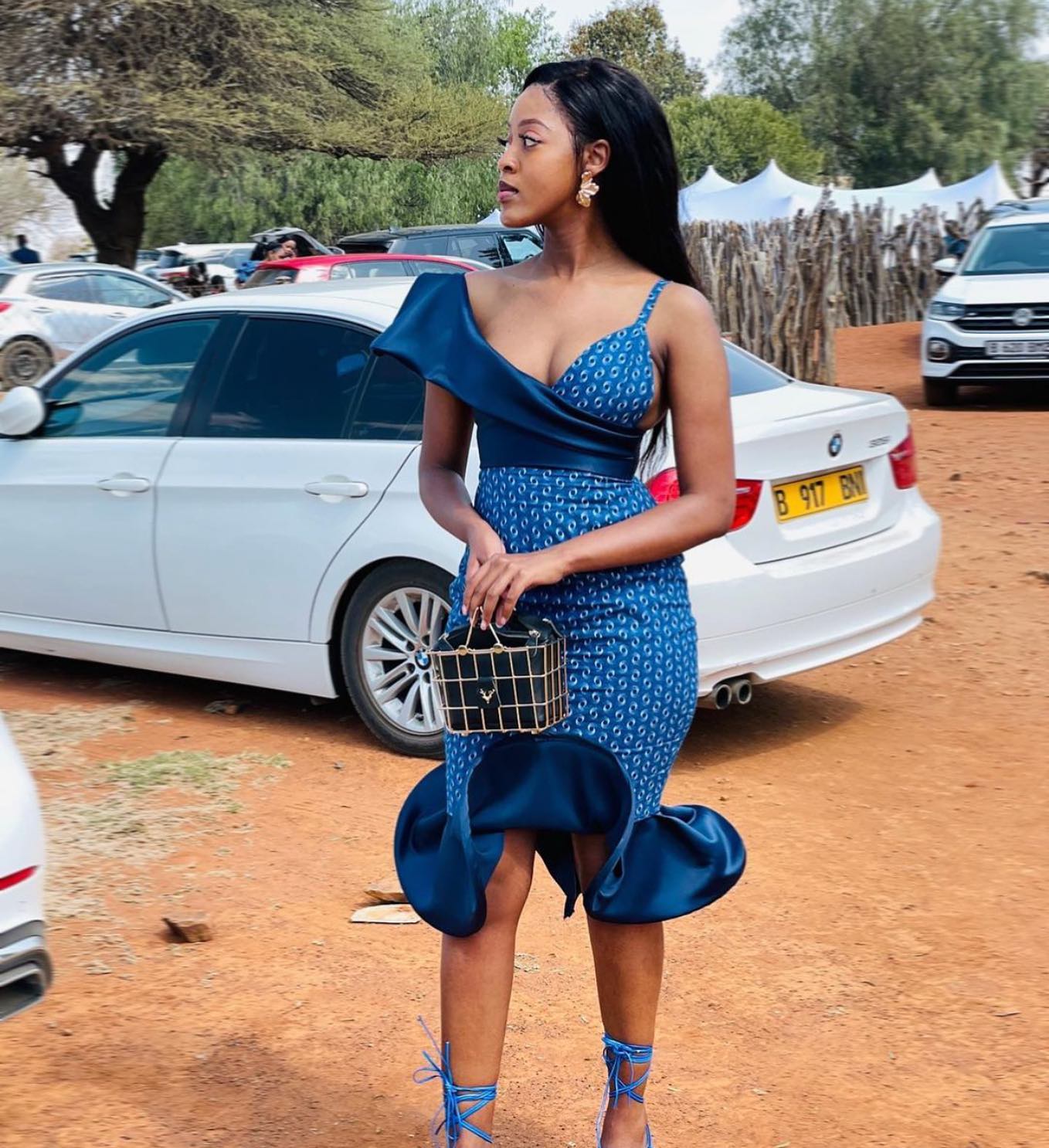
Traditional Dress Styles for Women
Different types of Tswana dresses for women and their significance
Tswana traditional dresses are not just garments; they are a reflection of the rich cultural heritage and style of the Tswana people. These dresses hold deep significance and are worn on various occasions, such as weddings, festivals, and ceremonies.
- Leteisi: This is a popular Tswana dress style characterized by vibrant geometric patterns. Leteisi dresses are often worn during celebrations and symbolize joy and happiness.
- Mokorotlo: The Mokorotlo dress features a distinctive hat-shaped collar that represents the traditional Basotho hat. It is a symbol of pride and cultural identity among the Tswana people.
- Shweshwe: Originating from Lesotho, Shweshwe fabric has become an integral part of Tswana traditional dress. It is known for its intricate designs and bright colors, and is often used to create stylish dresses for special occasions.
- Metswalle: Metswalle dresses are characterized by their elegant simplicity. They are made from colorful fabric with minimal embellishments, representing modesty and grace.
- Seshoeshoe: Seshoeshoe dresses are made from a unique printed fabric that originated in Lesotho. They feature bold and eye-catching designs, making them perfect for festive occasions.
Exploring Tswana traditional dresses is not only a journey through culture but also an appreciation of the artistry and craftsmanship behind these beautiful garments. By wearing these dresses, women not only showcase their cultural pride but also contribute to the preservation of their heritage for future generations to come.
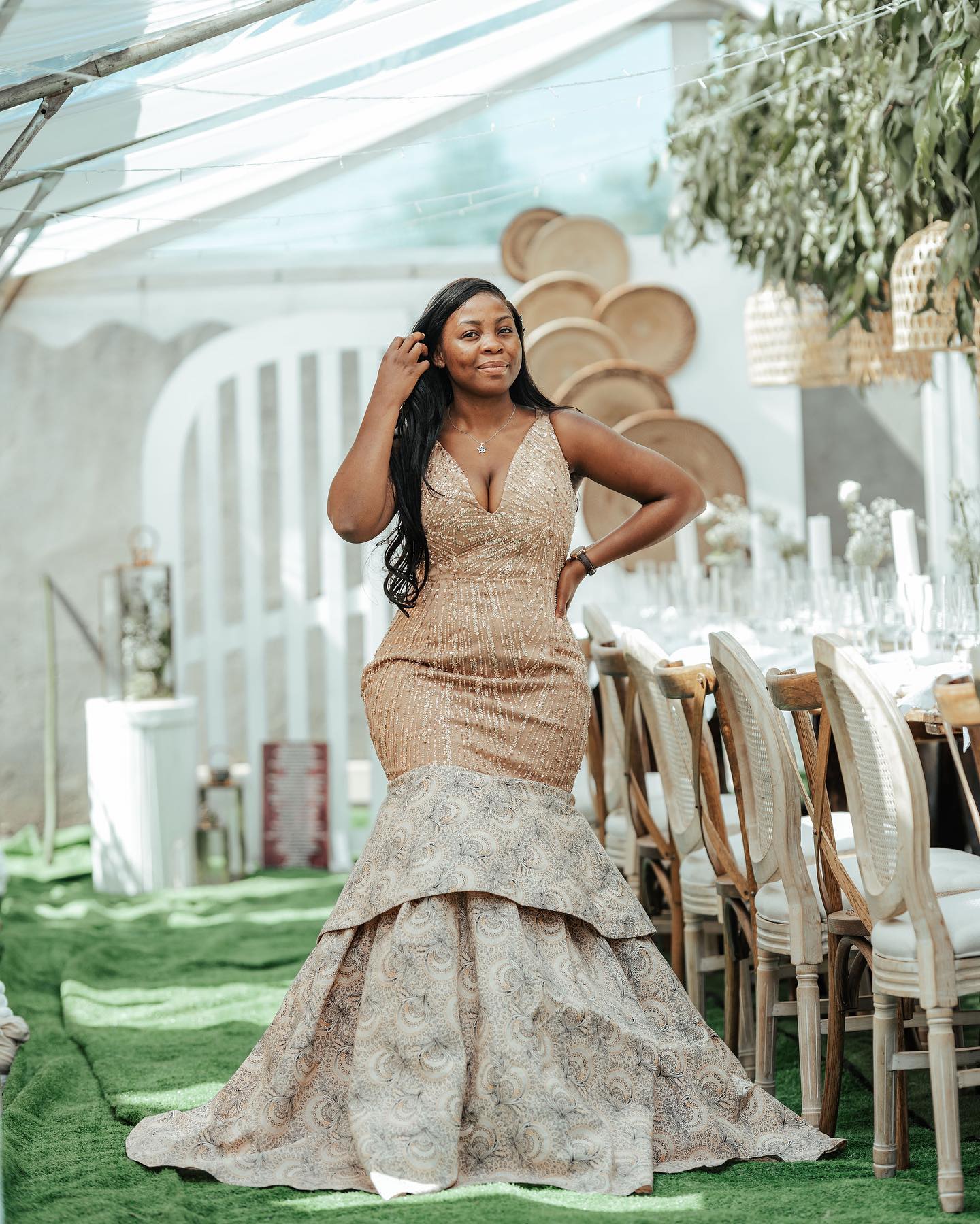


Traditional Dress Styles for Men
Varieties of Tswana attire for men and their cultural significance
Tswana traditional dresses are not only a reflection of style but also a celebration of culture. From the vibrant colors to the intricate designs, each outfit tells a unique story.
- Leteisi: This is a popular style among Tswana men, characterized by its bold geometric patterns. It represents strength and masculinity, and is often worn for special occasions such as weddings and festivals.
- Mokorotlo: The Mokorotlo hat is an iconic symbol of Tswana culture. Made from straw or fabric, it is worn with pride to showcase heritage and identity. It is often paired with a matching shirt or jacket.
- Sesweswe: This fabric is known for its distinctive blue color and intricate patterns. It is commonly used to make shirts, pants, and jackets. Sesweswe attire is worn during traditional ceremonies and cultural events.
- Shweshwe: Another popular fabric in Tswana traditional dress is Shweshwe. It comes in various colors and designs, and is often used to make shirts, vests, and trousers. Shweshwe outfits are worn for both formal and informal occasions.
- Tlhapi: Tlhapi is a traditional blanket that holds great cultural significance among the Tswana people. It is worn as a symbol of warmth, protection, and tradition.
Exploring Tswana traditional dresses allows one to immerse themselves in the rich heritage and style of this vibrant culture. Each outfit carries a story, connecting past generations with the present, and showcasing the beauty of Tswana traditions.
Materials and Designs Used in Tswana Traditional Dresses
Popular fabrics, patterns, and motifs in Tswana traditional dresses
Tswana traditional dresses are a beautiful representation of the rich cultural heritage of the Tswana people. These dresses are crafted using a variety of materials, each with its own unique qualities and significance.
One popular fabric used in Tswana traditional dresses is known as “leteisi.” Leteisi is a vibrant and colorful fabric that features bold geometric patterns. It is often made from cotton or a blend of cotton and synthetic fibers. The patterns on letesisi fabric can vary, but they commonly include squares, diamonds, and zigzag lines.
Another fabric commonly used in Tswana traditional dresses is called “shweshwe.” Shweshwe is a printed cotton fabric that originated in Europe but has become an integral part of Tswana culture. It features intricate designs and motifs, such as flowers, stars, or animals. The colors used in shweshwe fabrics are typically vibrant and eye-catching.
In addition to these fabrics, Tswana traditional dresses may also incorporate other materials like beads, cowrie shells, or embroidery to enhance their beauty. These embellishments add a touch of elegance and uniqueness to the dresses.
The designs and motifs used in Tswana traditional dresses hold deep cultural significance. They often reflect the values, beliefs, and traditions of the Tswana people. Wearing these dresses is not only a way to celebrate their heritage but also a means of expressing their identity and pride.
Exploring Tswana traditional dresses is like taking a journey through culture and style. Each dress tells a story and carries the essence of the Tswana people’s history and traditions.
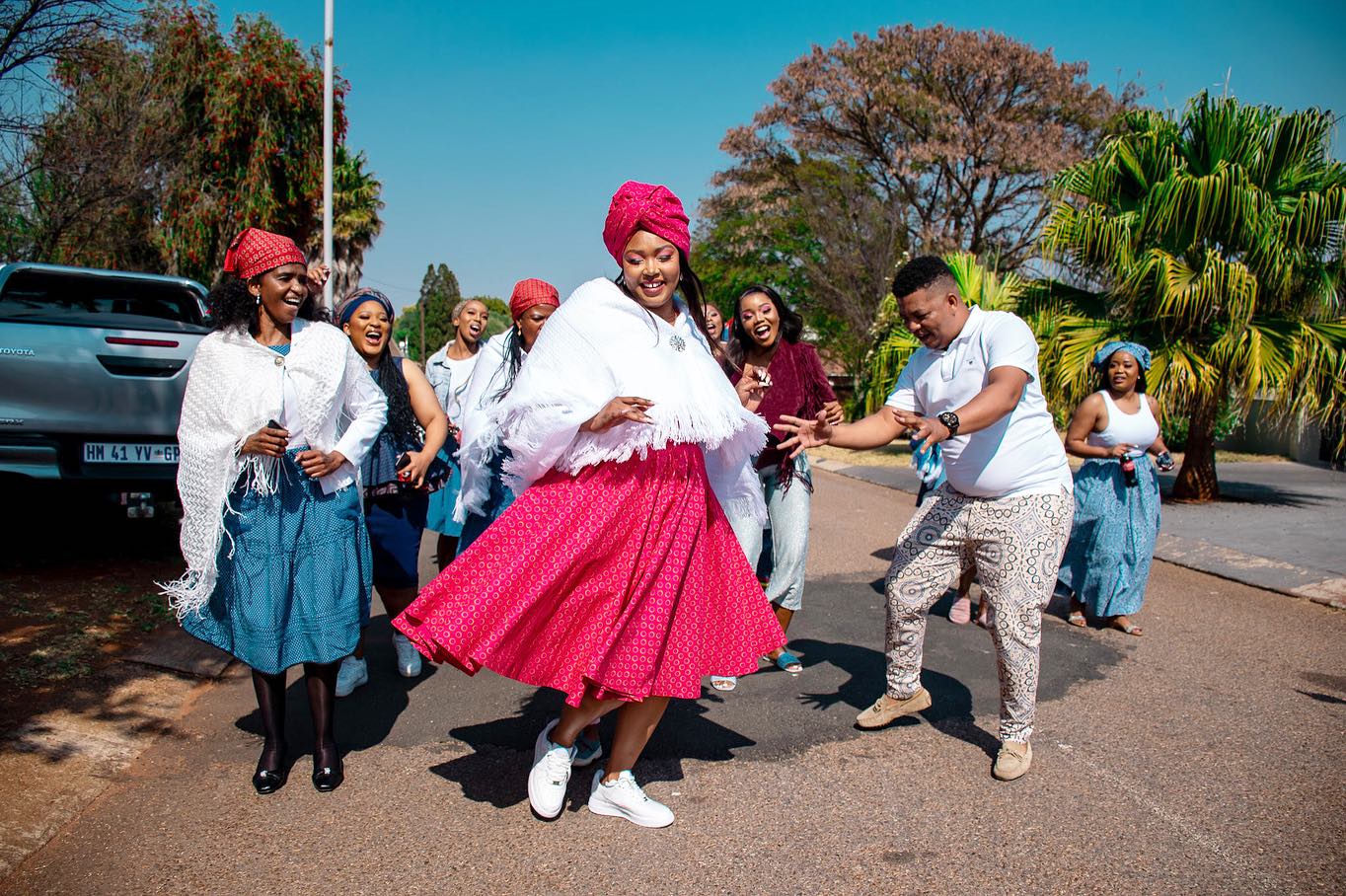

Accessories and Hairstyles to Complete the Tswana Look
Traditional accessories and hairstyles that accompany Tswana attire
Tswana traditional dresses are not complete without the right accessories and hairstyles. These elements play a crucial role in enhancing the overall look and showcasing the rich culture and style of the Tswana people.
When it comes to accessories, Tswana women often wear beaded necklaces, bracelets, and earrings. These accessories are intricately designed with vibrant colors and patterns, adding a touch of elegance to their attire. Additionally, headpieces such as turbans or headscarves are commonly worn to complement the outfit.
Hairstyles also hold great significance in Tswana culture. Women often opt for braided hairstyles, such as cornrows or twists, adorned with colorful beads or cowrie shells. These hairstyles not only reflect the cultural heritage but also serve as a form of self-expression and creativity.
For men, traditional accessories include leather belts, beaded wristbands, and hats made from animal skins. These accessories add a masculine touch to their attire and showcase their connection to nature.
Overall, exploring Tswana traditional dresses is not complete without delving into the accompanying accessories and hairstyles. They are an integral part of the Tswana culture and contribute to the unique and captivating style that has been passed down through generations. So, if you want to fully embrace the Tswana look, don’t forget to pay attention to these essential elements.

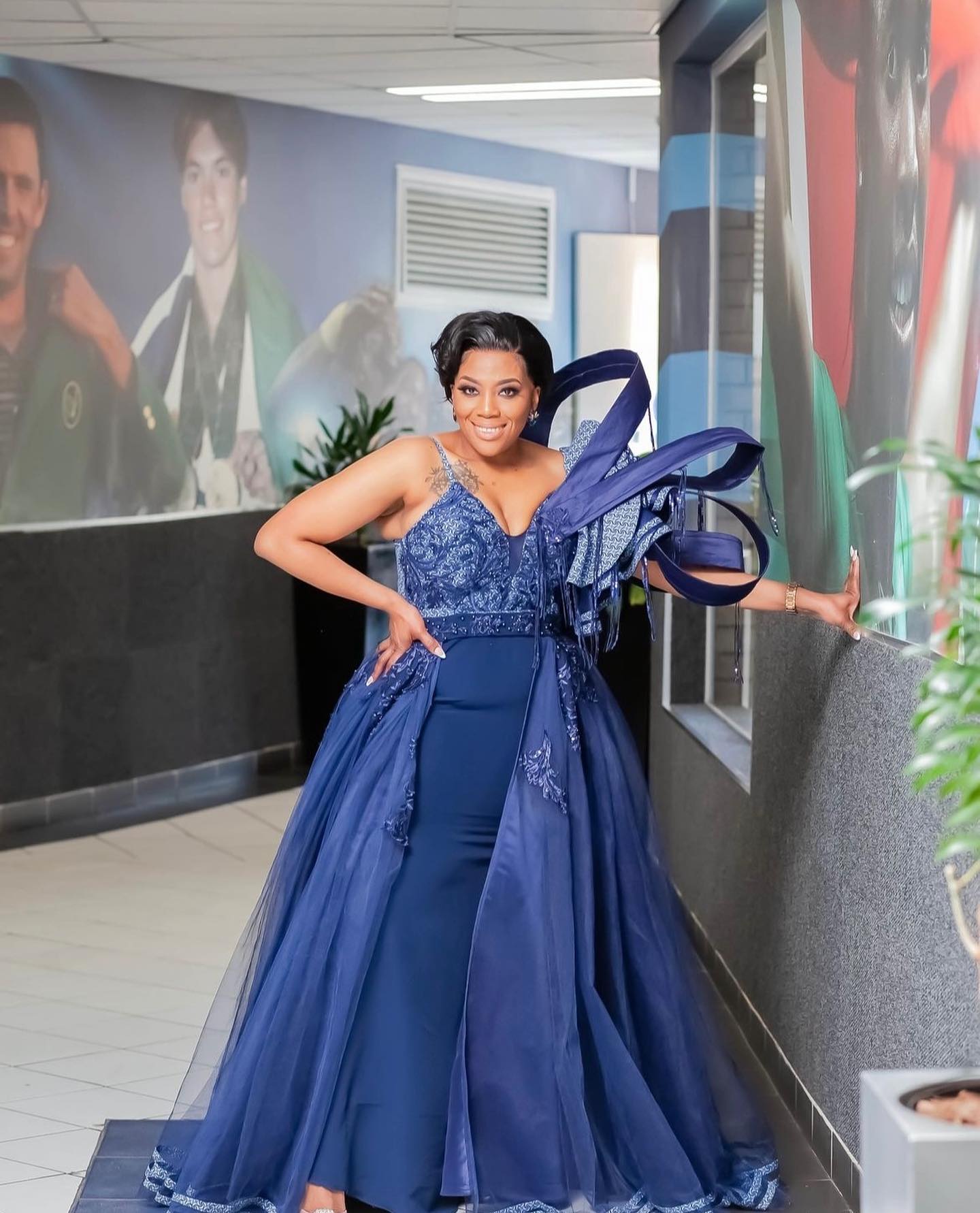
Cultural Significance of Tswana Traditional Dresses
The role of traditional dresses in Tswana ceremonies and celebrations
Tswana traditional dresses hold a significant place in the culture and heritage of the Tswana people. These dresses are not just garments; they are a representation of history, identity, and pride. In Tswana ceremonies and celebrations, traditional dresses play a vital role in showcasing the rich cultural heritage of the community.
During weddings, initiation ceremonies, and other important occasions, Tswana women proudly wear their traditional dresses. These dresses are often adorned with vibrant colors, intricate patterns, and unique designs that reflect the beauty and diversity of Tswana culture.
Traditional dresses also serve as a way to pass down cultural traditions from one generation to another. They symbolize unity and belonging, connecting individuals to their roots and ancestors. By wearing these dresses, Tswana people honor their heritage and keep their cultural identity alive.
Furthermore, Tswana traditional dresses are not only worn for special occasions but also as everyday attire. Many Tswana women incorporate elements of traditional dress into their modern fashion choices, blending tradition with contemporary style.
Exploring Tswana traditional dresses is like taking a journey through culture and style. It allows us to appreciate the craftsmanship, artistry, and symbolism behind these garments. By embracing and celebrating Tswana traditional dresses, we can preserve and promote the rich cultural heritage of the Tswana people for generations to come.
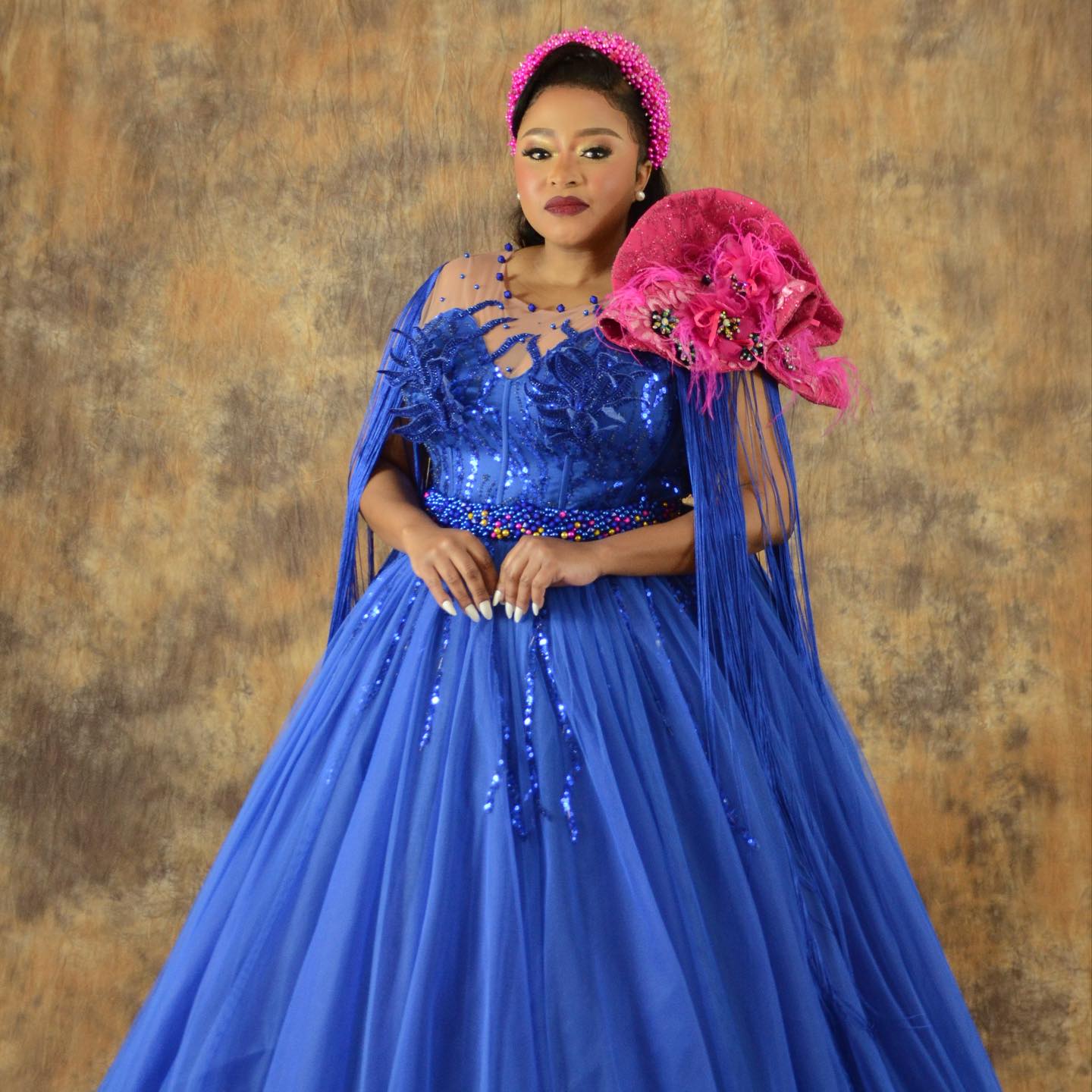
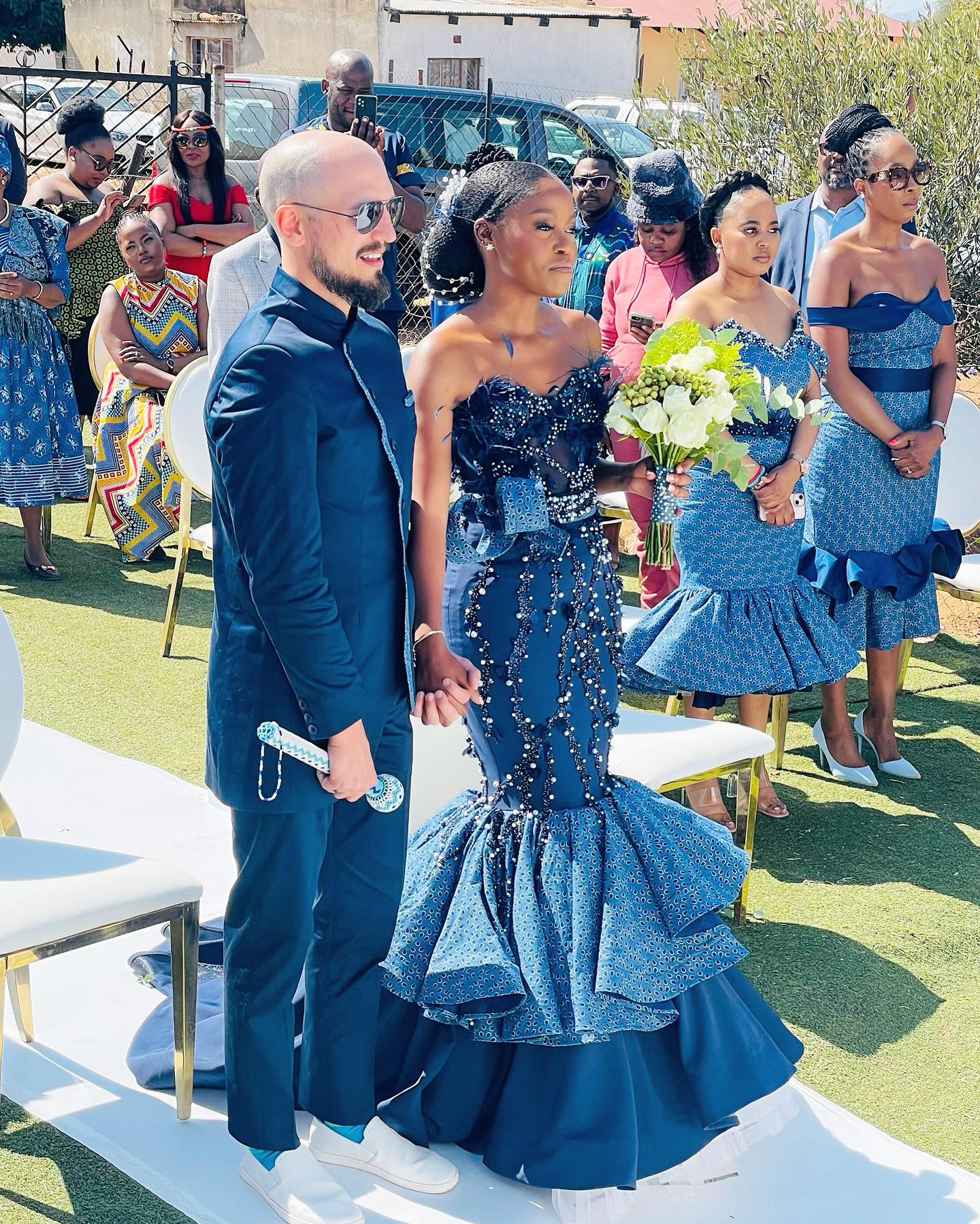
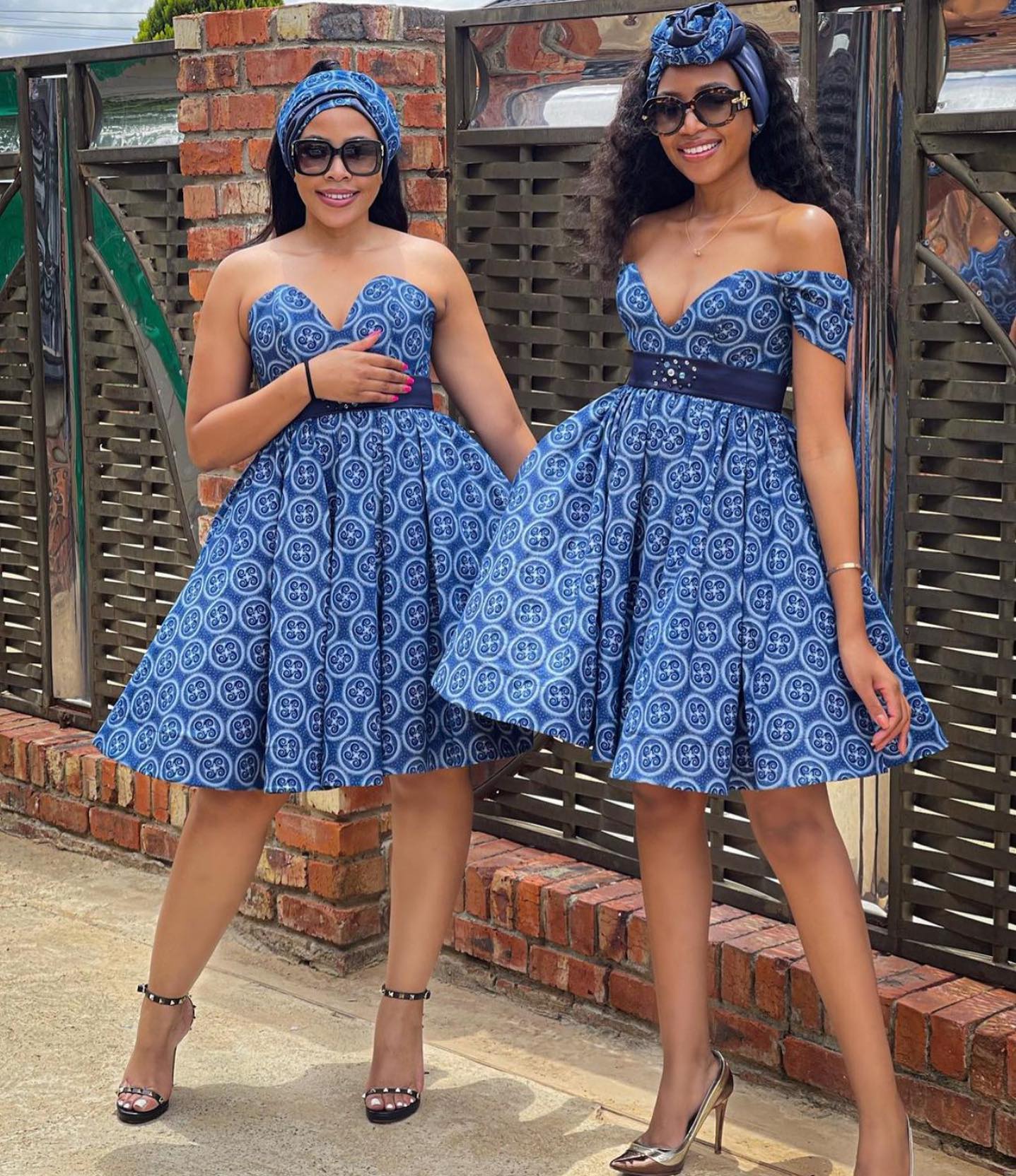
Modern Adaptations of Tswana Traditional Dresses
Contemporary styles and trends inspired by Tswana traditional attire
Tswana traditional dresses have a rich cultural significance and are known for their vibrant colors, intricate patterns, and unique designs. In recent years, there has been a surge in modern adaptations of these traditional dresses, blending the old with the new to create stunning contemporary styles.
One popular trend is the fusion of Tswana prints with modern silhouettes. Designers are incorporating Tswana fabrics into chic dresses, skirts, and tops, giving them a fresh and stylish twist. This fusion allows individuals to embrace their cultural heritage while staying on-trend and fashionable.
Another trend is the incorporation of Tswana beadwork into contemporary designs. Beadwork has always been an integral part of Tswana culture, symbolizing wealth, status, and beauty. Designers are now incorporating intricate beadwork into modern dresses, creating stunning pieces that celebrate tradition in a modern way.
Additionally, there has been a rise in the use of Tswana-inspired accessories to complement modern outfits. From statement necklaces to beaded bracelets and earrings, these accessories add a touch of cultural flair to any ensemble.
Exploring Tswana traditional dresses is not only a journey through culture but also a celebration of style. The modern adaptations of these dresses allow individuals to showcase their heritage while embracing contemporary fashion trends. Whether it’s through fusion designs, beadwork embellishments, or accessorizing with Tswana-inspired pieces, there are endless possibilities to explore and express one’s unique style while honoring tradition.
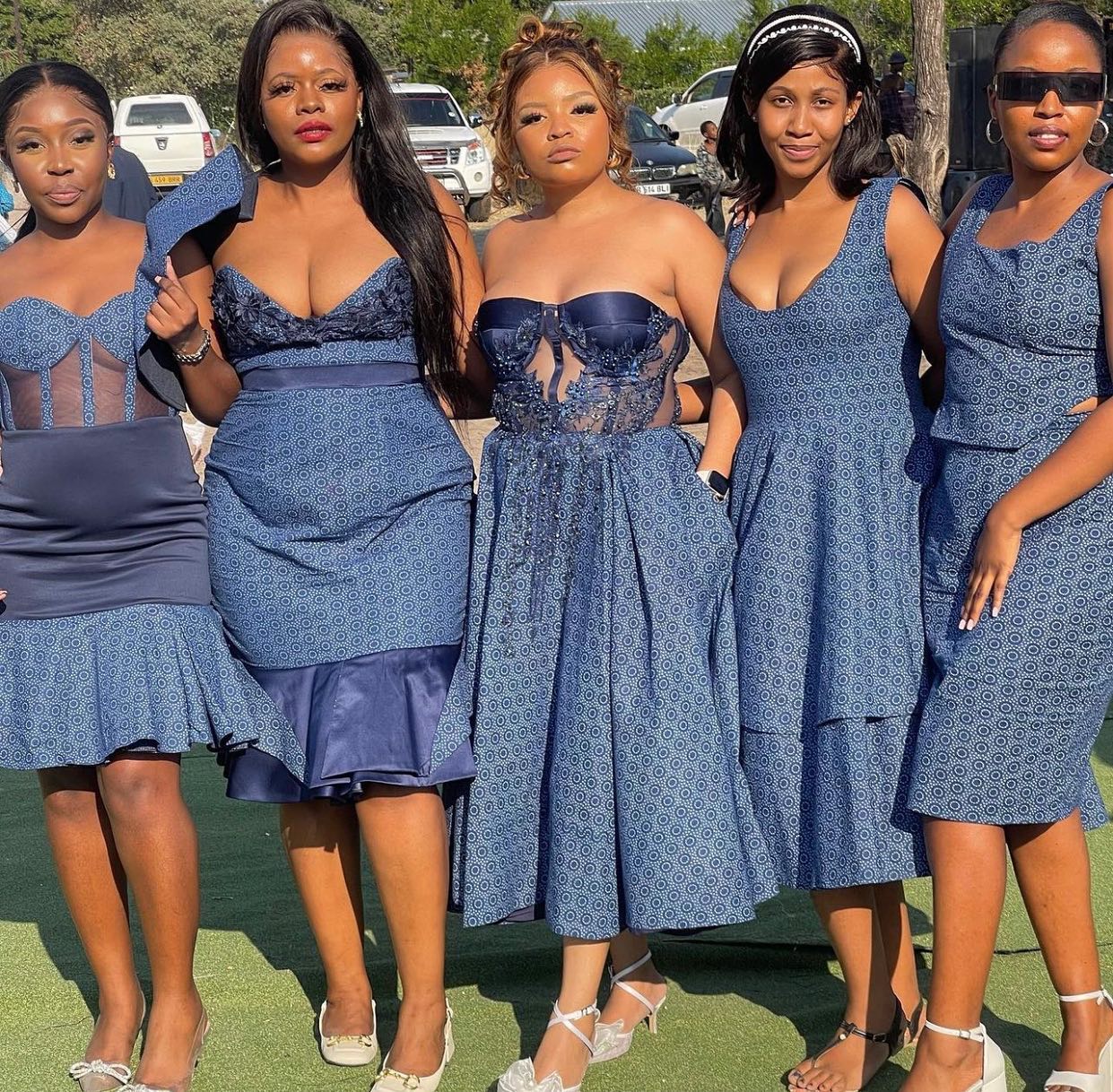

Promoting and Preserving Tswana Traditional Dresses
Efforts to safeguard and promote Tswana culture and traditional dress-making techniques
The Tswana traditional dress is not just a fashion statement, but a representation of the rich cultural heritage and history of the Tswana people. Efforts are being made to safeguard and promote this unique aspect of their culture.
Organizations and individuals are working tirelessly to preserve the traditional dress-making techniques that have been passed down through generations. By documenting and sharing these techniques, they ensure that future generations can continue to create and appreciate Tswana traditional dresses.
In addition, events and exhibitions are being organized to showcase the beauty and significance of Tswana traditional dresses. These platforms not only provide an opportunity for designers and artisans to display their creations, but also educate the public about the cultural significance behind each design.
Furthermore, collaborations between fashion designers and traditional artisans are becoming more common. This fusion of modern design elements with traditional craftsmanship not only breathes new life into Tswana traditional dresses, but also attracts a wider audience who may not have been previously exposed to this unique cultural attire.
By promoting and preserving Tswana traditional dresses, these efforts contribute to the overall preservation of Tswana culture. They ensure that future generations will continue to appreciate and celebrate the beauty and significance of these timeless garments, keeping the traditions alive for years to come.
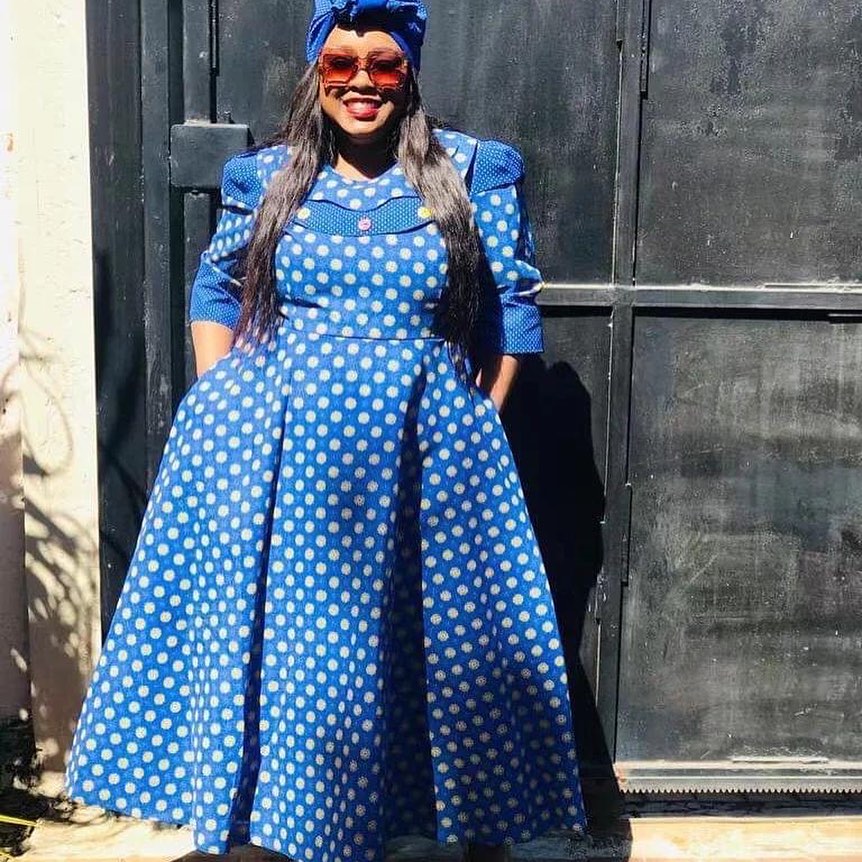
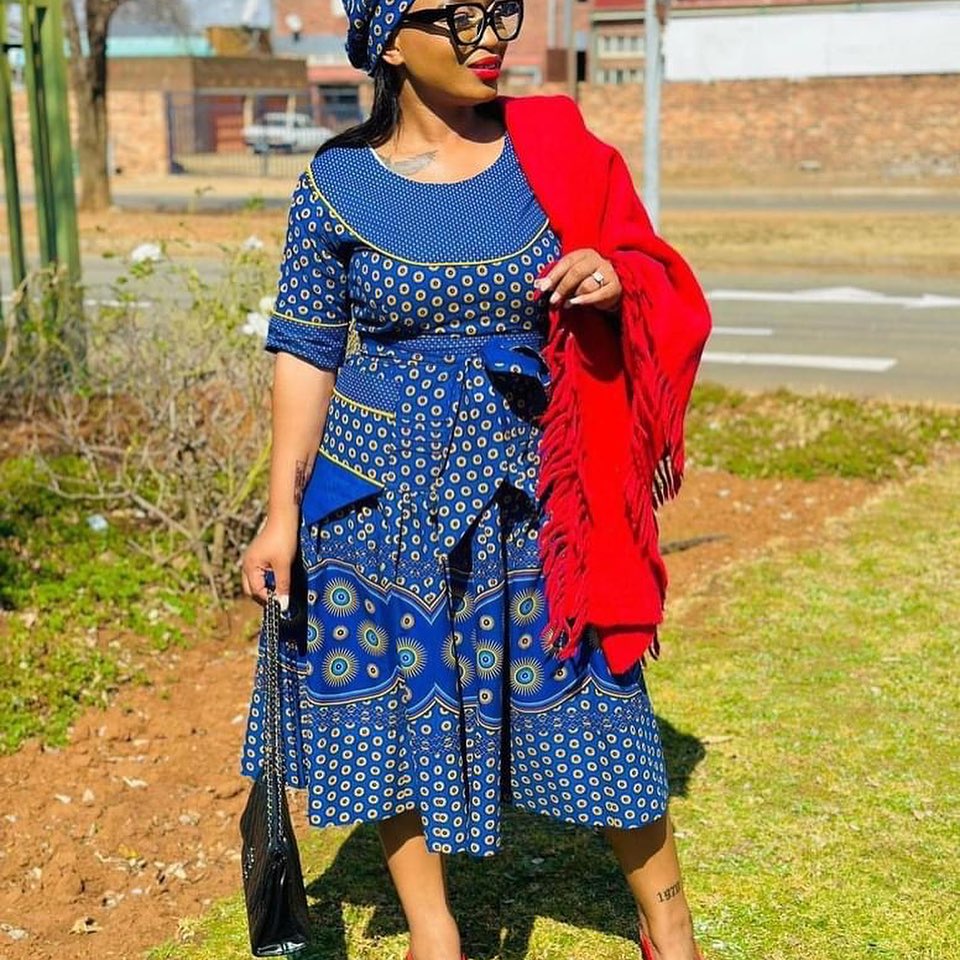
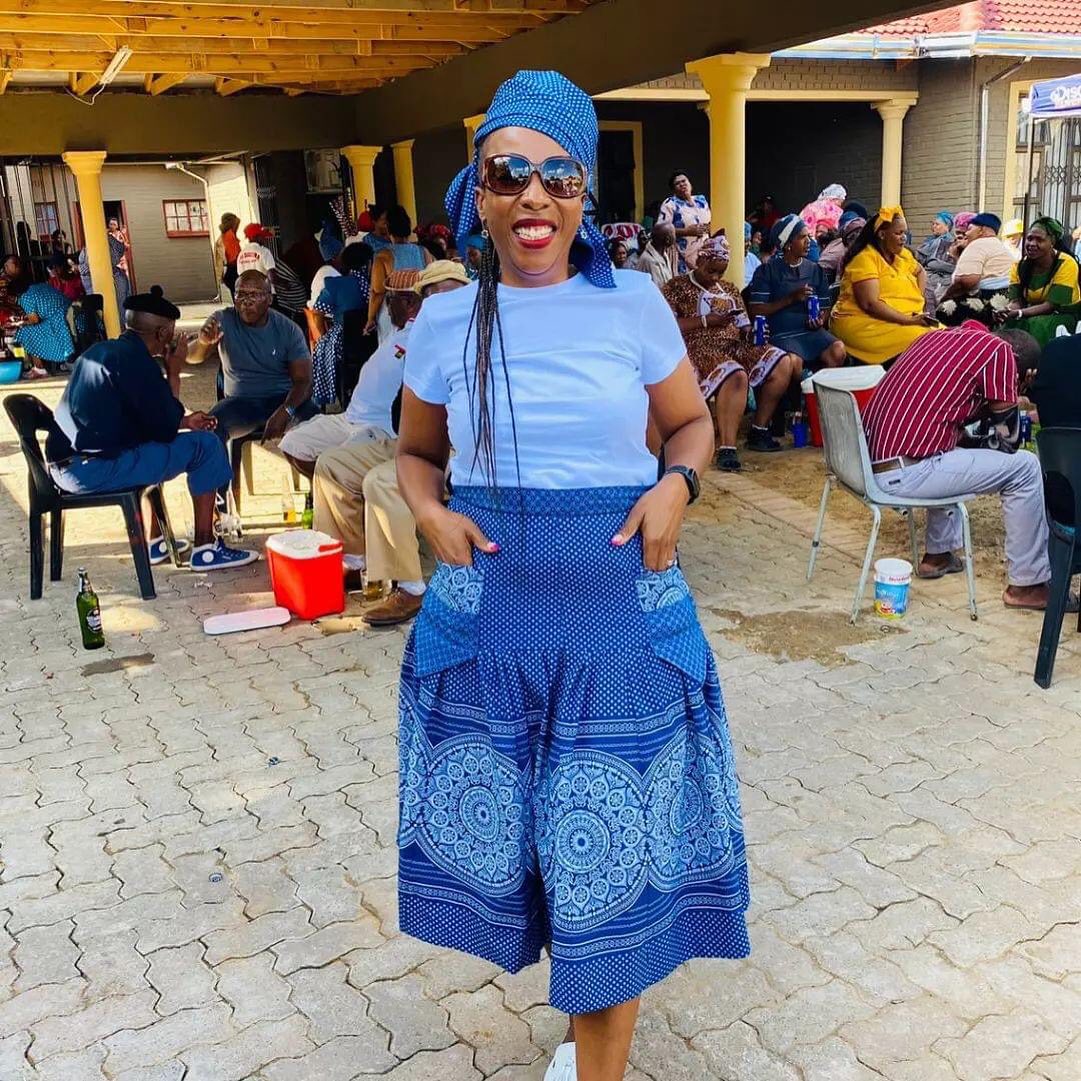
Conclusion
Exploring Tswana traditional dresses takes you on a captivating journey through the rich culture and style of the Tswana people. These dresses are not just garments; they are a reflection of history, traditions, and identity. From the vibrant colors and intricate designs to the use of traditional fabrics, every element tells a story. By appreciating and embracing Tswana traditional dresses, we honor and celebrate the beauty and diversity of our world’s cultures. So next time you see a Tswana dress, take a moment to admire the craftsmanship and the stories it holds.
Comments are closed.